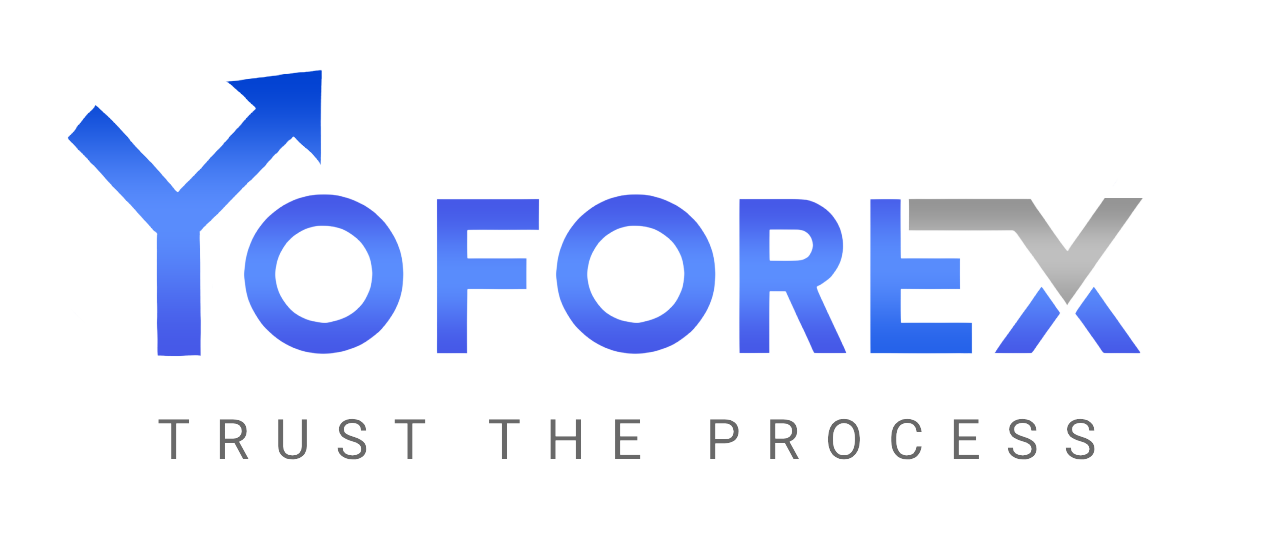Reliable fixed-income investment options (Bonds)
Understanding Bond Trading: A Key to Portfolio Diversification
A bond is a fixed-income financial instrument and an over-the-counter exchange-traded fund (ETF) issued by corporations and governments as debt securities, such as coupon and zero-coupon bonds. Bonds are typically used for raising funds to pay off existing debts or finance operational needs. These securities are traded in the secondary market through brokerage firms.
Types of Bond Markets:
Bonds issued by governments or corporations in developing countries. These bonds often offer higher yields due to the increased risks associated with political instability and economic uncertainty in emerging markets.
Bonds that are backed by a pool of mortgages. Investors receive regular payments derived from the interest and principal repayments on the underlying mortgages.
Bonds issued by local or state governments to finance public projects such as schools, highways, or utilities. Munis often come with tax advantages, making them attractive to investors.
Bonds issued by national governments to finance government spending. Examples include U.S. Treasury bonds. They are considered low-risk since they are backed by the government’s ability to tax and issue currency.
Bonds issued by corporations to raise capital for business operations. There are various types:
- High Yield Bonds (Junk Bonds): Offer higher returns but come with greater risk, as they are issued by companies with lower credit ratings.
- Investment Grade Bonds: Issued by companies with strong credit ratings, offering lower risk and more stable returns.
- Guaranteed Bonds: Bonds where a third party guarantees repayment if the issuer defaults.
- Secured Bonds: Backed by specific assets, which serve as collateral for the bond.
Market indexes that track the performance of a selection of bonds. They help investors gauge the overall performance of the bond market or specific segments, such as corporate or government bonds.

4.5-Star Customer Reviews





